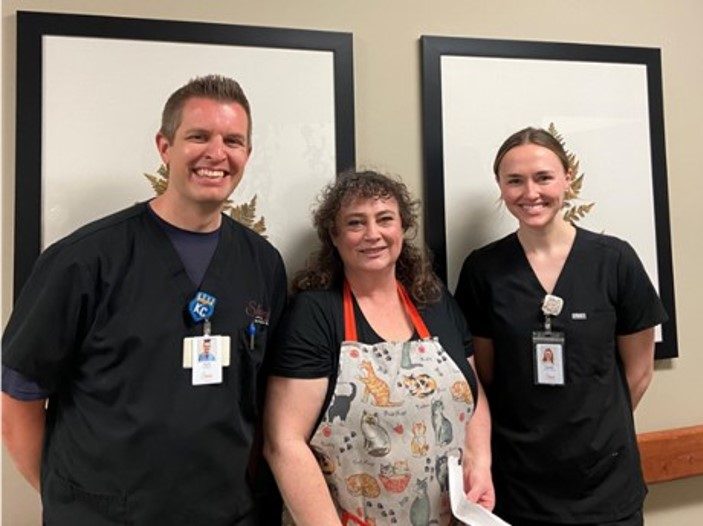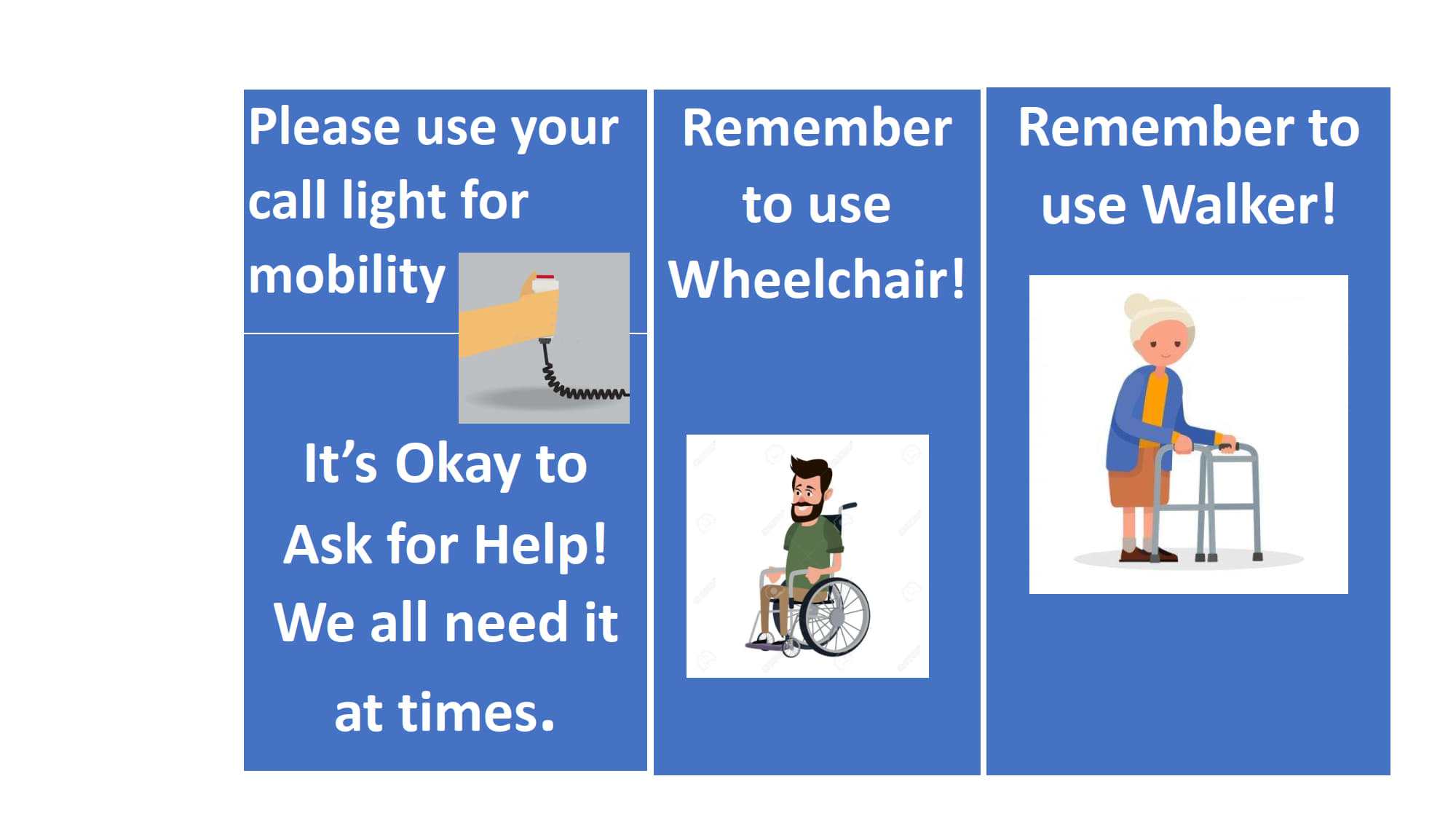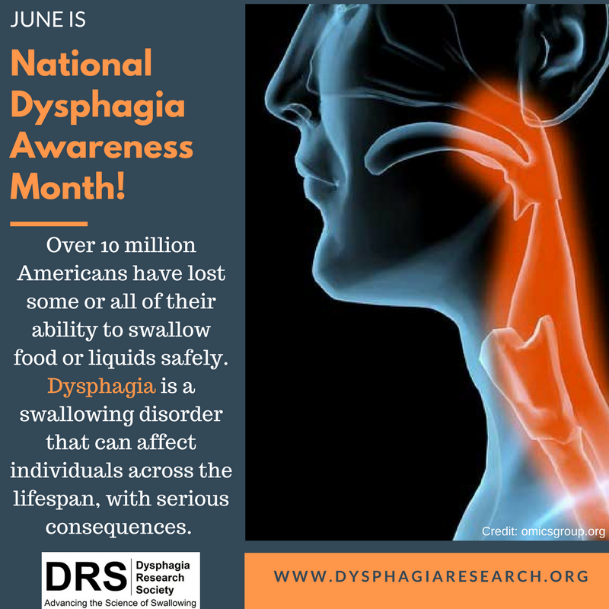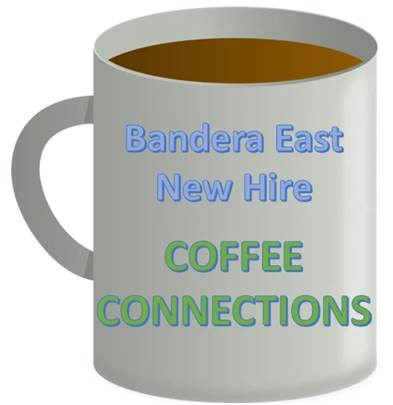By Elyse Matson, MA CCC-SLP, SLP Resource/Ensign Services
It is estimated that nearly 100 million people have contracted Covid-19. Long-lasting symptoms occur in nearly one in four people, even when they were not hospitalized. The primary complaints of those with persistent issues are brain fog and cognitive fatigue. That means millions of people are walking around with cognitive issues likely affecting their lives.
In a recent conference from ASHA, Rebecca Boersma, SLP of George Washington University Hospital, described a new outpatient treatment protocol to address these issues. These new patients are primarily female with a mean age of mid-40s. Recovery from these subtle but debilitating deficits does not follow the normal recovery timeline and tends to be remitting and relapsing in nature. Prominent deficits including attention, working memory, word finding, cognitive fatigue and processing speed.
Boersma utilizes assessment and treatment approaches common in the post-concussive population, including motivational interviewing, collaborative goal setting, and a variety of scales and tools to assess patient perception of communication, fatigue and cognition. These include the Modified Fatigue Impact Scale, the LaTrobe Communication Questionnaire, and the Multifactorial Memory Questionnaire.
Treatment focuses on a person-centered approach and utilizes proven treatments such as the meta-cognitive strategy, dynamic coaching and managing fatigue.
In our outpatient programs, we have an opportunity to seek out and help some of those suffering with Long COVID. Is this a program you can implement in your facility? For more information and to obtain the protocol, email Elyse Matson ematson@ensignservices.net.








